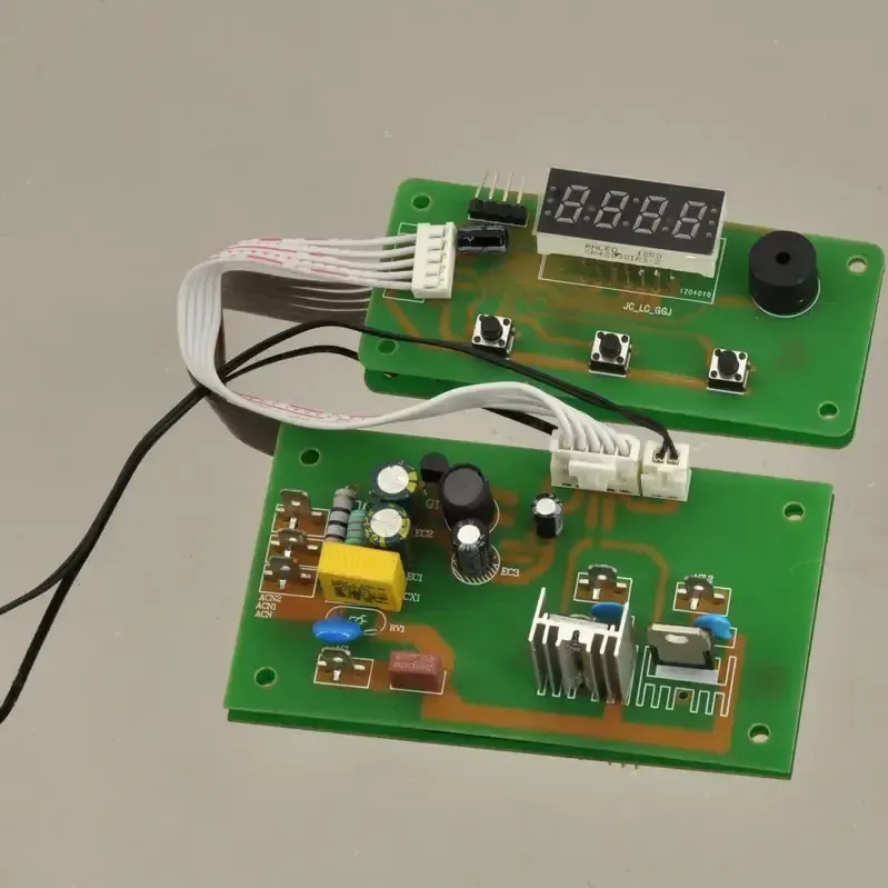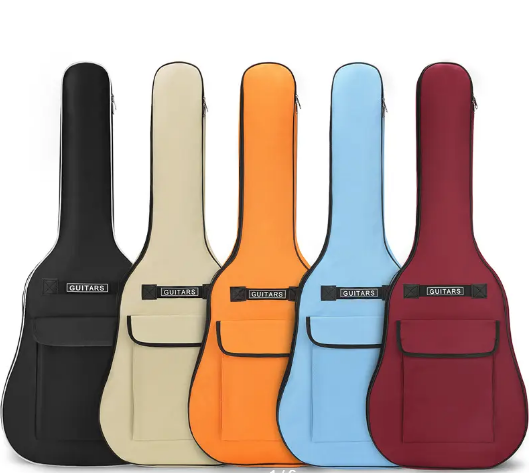In the ever-evolving world of electronics, the humble circuit board has remained a cornerstone of innovation. From the earliest single-layer designs to the complex multi-layer boards of today, Electronic circuit board (ECBs) have undergone significant transformations. However, as the world grapples with environmental concerns and the demand for more resilient electronics grows, the next generation of circuit boards is poised to revolutionize the industry once again. Enter biodegradable substrates and self-healing traces—two groundbreaking advancements that could redefine the future of ECBs.

Biodegradable Substrates: A Green Revolution
Traditional circuit boards are typically made from materials like fiberglass (FR4), which are not only non-biodegradable but also challenging to recycle. As electronic waste (e-waste) continues to pile up in landfills, the need for sustainable alternatives has never been more urgent. Researchers are now exploring the use of biodegradable substrates made from organic materials such as cellulose, chitosan, and even algae-based polymers.
These eco-friendly substrates offer several advantages. First, they significantly reduce the environmental impact of discarded electronics. Unlike traditional materials, biodegradable substrates can break down naturally over time, minimizing their contribution to e-waste. Second, they can be produced using renewable resources, reducing reliance on fossil fuels. Finally, these materials can be engineered to maintain the necessary electrical and mechanical properties required for high-performance electronics.
While challenges remain—such as ensuring durability and compatibility with existing manufacturing processes—early prototypes have shown promise. For instance, a team at the University of California, Berkeley, recently developed a fully biodegradable circuit board using a cellulose-based substrate that performed comparably to traditional FR4 in preliminary tests.
Self-Healing Traces: The End of Circuit Board Failures?
One of the most common causes of electronic device failure is the breakdown of circuit traces due to physical damage, thermal stress, or corrosion. Repairing these traces is often impractical, leading to costly replacements. However, the emerging field of self-healing materials could provide a solution.
Self-healing circuit traces are made from conductive polymers or composites that can autonomously repair damage. These materials contain microcapsules or vascular networks filled with conductive agents. When a trace is damaged, the capsules rupture, releasing the agent and restoring conductivity. Alternatively, some self-healing materials rely on reversible chemical bonds that can re-form after being broken.
The potential applications of self-healing traces are vast. In consumer electronics, they could extend the lifespan of devices, reducing waste and saving consumers money. In critical industries like aerospace and healthcare, they could enhance the reliability of electronic systems, preventing catastrophic failures. Researchers at the University of Illinois have already demonstrated a self-healing circuit that can recover from multiple cuts while maintaining functionality.
Challenges and Opportunities
While biodegradable substrates and self-healing traces represent exciting advancements, several hurdles must be overcome before they can be widely adopted. For biodegradable substrates, achieving the right balance between environmental benefits and performance is key. Manufacturers will also need to invest in new production techniques and supply chains.
For self-healing traces, the primary challenge lies in scaling up production and ensuring long-term stability. Additionally, these materials must be compatible with existing PCB manufacturing processes to facilitate integration into current designs.
Despite these challenges, the potential benefits are too significant to ignore. As the electronics industry continues to prioritize sustainability and resilience, biodegradable substrates and self-healing traces could become standard features in future circuit boards.
A New Era for Electronic Circuit Boards
The future of electronic circuit boards is not just about making them smaller, faster, or more powerful—it’s about making them smarter, greener, and more durable. Biodegradable substrates and self-healing traces are at the forefront of this transformation, offering solutions to some of the most pressing challenges facing the electronics industry today.



